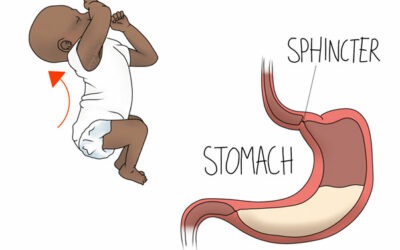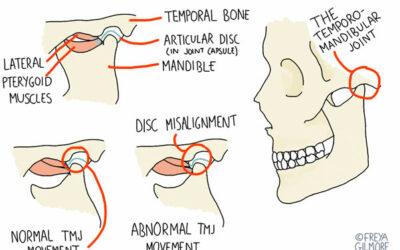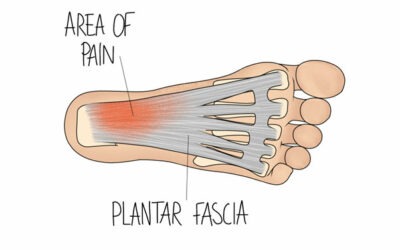 Most of the UK has been enjoying some mild autumn days lately, filled with colour and sunshine. But with the clocks having gone back at the weekend, there’s no denying we’re heading headlong into winter.
Most of the UK has been enjoying some mild autumn days lately, filled with colour and sunshine. But with the clocks having gone back at the weekend, there’s no denying we’re heading headlong into winter.
Yes, an extra hour in bed on Sunday morning was a nice little treat but it heralded the season of dark evenings. And pretty soon dark mornings will be back again too.
Much has been written about the effect of shorter daylight hours on our health, from Seasonal Affective Disorder to increased weight gain during the winter months.
For many people heading out to work before the sun is up and coming home in the dark is simply depressing. But Seasonal Affective Disorder, or SAD, is much more than that. People affected by SAD experience disrupted sleep patterns, lose interest in everyday activities, have a reduced sex drive and crave sweet foods. More women are thought to be affected by SAD than men.
Even if we don’t suffer from SAD, reduced sunlight during the winter months can disrupt our bodies’ normal rhythms. Less light stimulus for the brain can lead to low mood and we all know how much harder it is go get out of bed on dark, cold mornings. We really do need light to stimulate our brains to tell us it’s time to wake up: our internal circadian body clock is controlled by a part of the brain called the Suprachiasmatic Nucleus (SCN) that responds to light and dark signals. Light travels to the SCN via the optic nerve in the eye, signalling to the internal clock that it’s time to wake up. The SCN also sends messages to other parts of the brain that control hormones, body temperature and other functions that make us feel sleepy or awake.
Dawn simulator alarm clocks, which link to a bedside lamp, can help to overcome the problem of dark mornings by gently increasing the amount of light in the bedroom for 30 minutes before the alarm goes off.
Spending more time indoors during winter often means a lack of exercise, leading to weight gain particularly if you’re tempted to carb up on comfort foods. Children’s activity levels are said to drop by 15-20% during the winter months. Time to go swimming? The whole family can get active together and who cares what the weather is doing while you’re having fun in a warm indoor pool!
Here’s more advice on surviving the long, cold winter:
- Spend time outdoors when the weather is good enough. Wrap up to the cold, keep moving to stay warm and get some exercise while exposing yourself to sunlight for that all important vitamin D. You’ll feel so much better for it!
- If you work long hours and find it’s dark as you leave the house and as you get home from work, try to spend time outside during your lunch break to get some sunlight.
- If you’re a runner but hate running outdoors on dark evenings, head to the gym and use a treadmill instead.
- Or, if your routine allows it, take advantage of the lighter mornings and exercise then if you can.
- Don’t turn to carb heavy comfort foods during the winter – it’s a sure fire way to pile on the pounds. Try to eat plenty of fresh food to keep your energy levels up and boost your mood. Freshly made vegetable soups and curries are great winter warmers.
We enjoyed this Live Science post on how the change of the seasons affects animals as well as humans.
And if you want to know more about the history of Daylight Saving Time, here’s an enlightening article from The Telegraph.



0 Comments